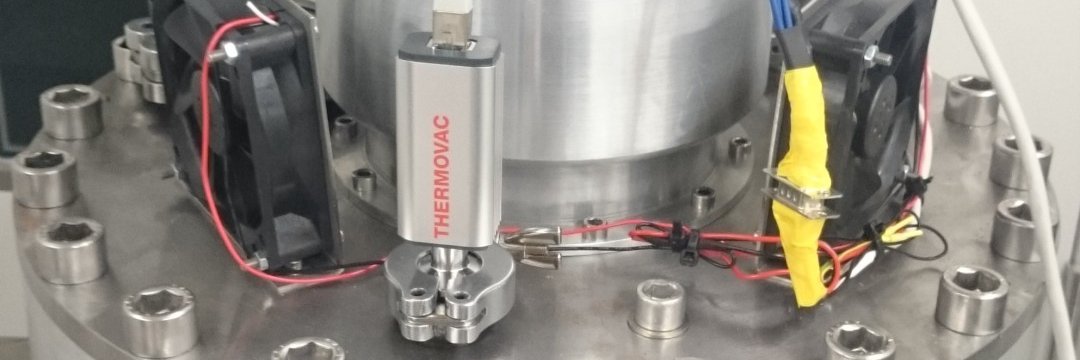
An Acedamic Prototype of a Flywheel Energy Storage
Flywheel
Flywheel energy storage systems (FESS) stand out as a promising technology due to their high cycle life, rapid response time, and efficient power-to-energy ratio. This project aimed to design and construct a laboratory-scale flywheel system to serve both as a research demonstrator and as an educational tool.
The resulting prototype is a 200 Wh flywheel energy storage system, featuring a rotor composed of high-strength aluminum and carbon fiber reinforced plastic (CFRP). It spins at a nominal speed of 25,000 rpm, powered by a 3.5 kW permanent magnet synchronous motor (PMSM). The flywheel operates at overcritical speeds with medium vacuum conditions, minimizing windage losses and ensuring optimal performance. Key components, such as the spindle bearings and power electronics, were carefully selected to ensure smooth operation and control, even under isolated conditions.
One of the primary goals of this project was to design a system capable of demonstrating the key features of flywheel technology. The FESS was built to showcase flywheel capabilities at exhibitions and in academic settings, with enough power to brew up to five cups of coffee on a single charge. This vivid demonstration helps make the technology tangible, attracting interest in both research and industry. Additionally, the system serves as a laboratory tool for students, allowing them to study flywheel-specific phenomena such as dynamic behavior, thermal response, and energy losses in real-time.
A significant aspect of the design was the consideration of thermodynamic behavior and rotordynamics. A lumped parameter model was developed to estimate temperature distribution, and the system’s rotordynamics were tuned using finite element methods (FEM). This ensured that the flywheel operates safely and efficiently, even at high speeds. The FESS’s modular setup also facilitates research into various system parameters, such as vacuum levels, windage losses, and bearing performance.
The construction of the flywheel system involved a comprehensive 3D model and technical drawings, ensuring precision and safety in every component. The design was iterative, allowing for adjustments based on testing and simulations. Mechanical safety considerations, such as stress distribution and tolerance for overspeed, were integrated into the design to minimize the risk of failure. The system’s housing and auxiliary equipment provide robust protection, while maintaining a relatively compact form factor.